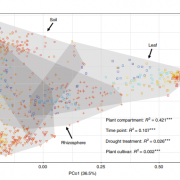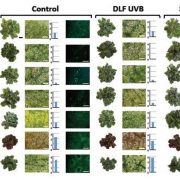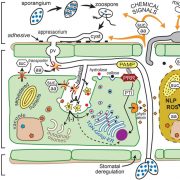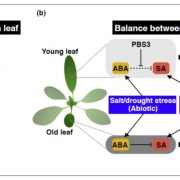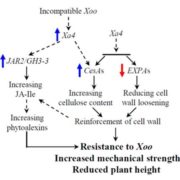Ash leaf metabolomes reveal differences between trees tolerant and susceptible to ash dieback disease
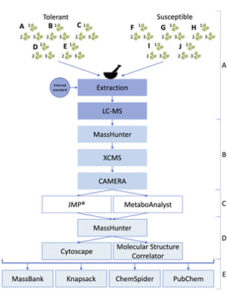 Over the last two decades, Ash dieback (ADB) has been sweeping through Europe killing or damaging a large proportion of European common ash trees (Fraxinus excelsior). ADB results from infection by wind borne spores of the fungus Hymenoscyphus fraxineus. As ADB spread and the scientific research effort increased, it became clear that some ash trees showed tolerance to the fungus and suffered minimal damage. Using transcriptomics/genomics to generate markers for breeding programs is challenging given the high level of genetic heterogeneity in the European ash population, and the fact that resistance to ADB appears to be quantitative. As such, Sambles et al. conducted untargeted QToF mass spectrometry to compare the leaf metabolomes of five tolerant trees with five susceptible trees in a fully-replicated study. The data was used to identify features that were able to discriminate between the tolerant and susceptible samples. For example, iridoid glycosides, a family of terpenoid derivatives with anti-herbivory activity, were shown to be less abundant in leaves from tolerant trees. The data from this study is openly accessible through the Metabolights database for further analysis by the research community (Summary by Mike Page) Sci. Data. 10.1038/sdata.2017.190.
Over the last two decades, Ash dieback (ADB) has been sweeping through Europe killing or damaging a large proportion of European common ash trees (Fraxinus excelsior). ADB results from infection by wind borne spores of the fungus Hymenoscyphus fraxineus. As ADB spread and the scientific research effort increased, it became clear that some ash trees showed tolerance to the fungus and suffered minimal damage. Using transcriptomics/genomics to generate markers for breeding programs is challenging given the high level of genetic heterogeneity in the European ash population, and the fact that resistance to ADB appears to be quantitative. As such, Sambles et al. conducted untargeted QToF mass spectrometry to compare the leaf metabolomes of five tolerant trees with five susceptible trees in a fully-replicated study. The data was used to identify features that were able to discriminate between the tolerant and susceptible samples. For example, iridoid glycosides, a family of terpenoid derivatives with anti-herbivory activity, were shown to be less abundant in leaves from tolerant trees. The data from this study is openly accessible through the Metabolights database for further analysis by the research community (Summary by Mike Page) Sci. Data. 10.1038/sdata.2017.190.


